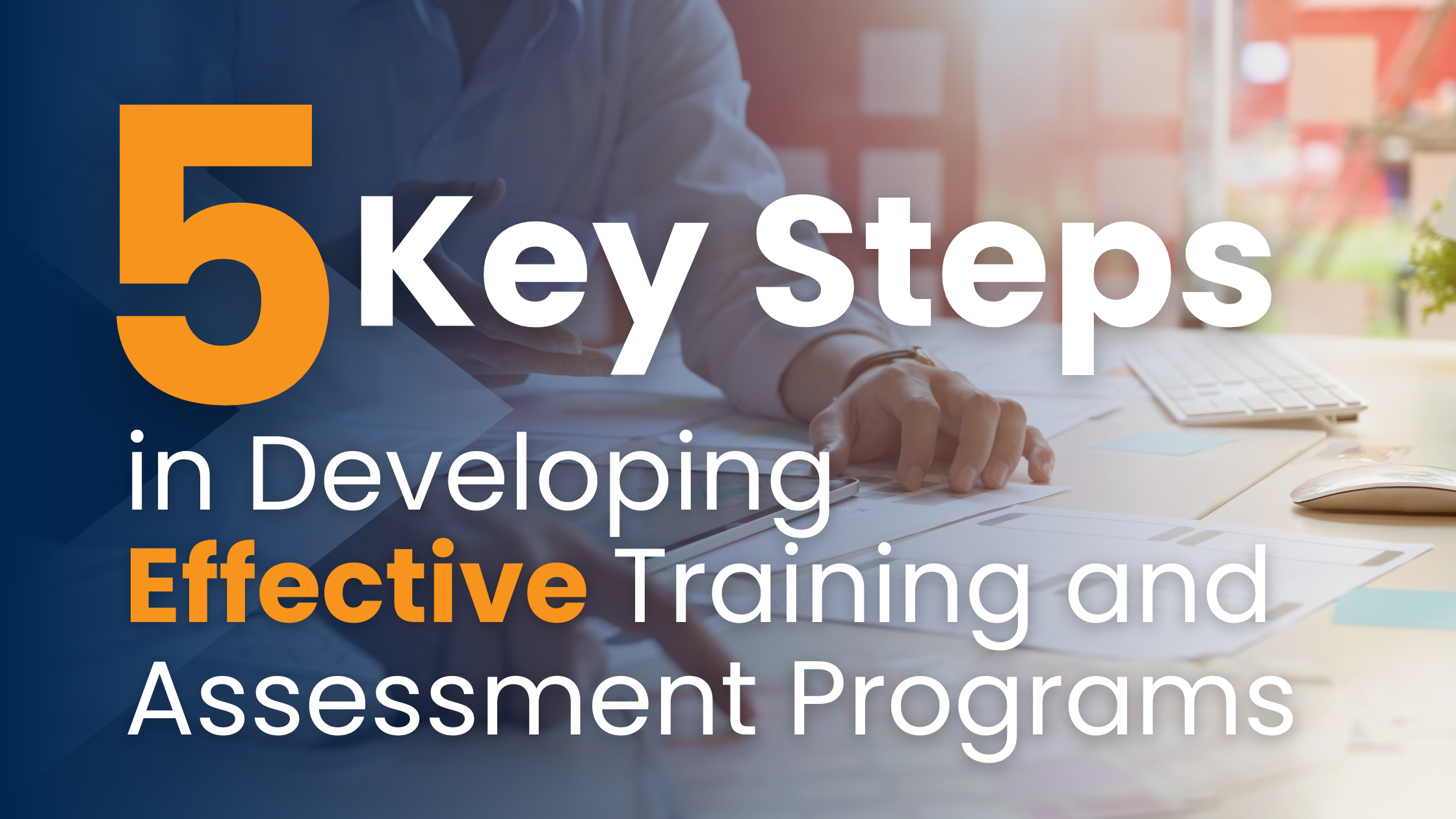Training games are a form of experiential learning typically used to facilitate dynamic group processes. They encourage participant involvement and interest in training content. Facilitators can customize published games to suit their specific training needs, and when off-the-shelf games are not suitable, they can create their own.
Pre-game: do your research
To choose the right training game, it is crucial to first gather more information about participant needs and learning objectives. Talk to the program champion, managers, and, if possible, potential participants.
Once you know the total number of participants, you can determine whether you can play the game with the whole group or whether you should divide the group into smaller subsets. Determine if there are any participants who have special needs that may inhibit them from involvement in a certain game.
Investigate any potential constraints such as time and space limitation, training facility features, venue rules, and hidden costs. Once you gather this information, you are ready to customize or create a game.
Designing the game: unleash your creativity
This is the fun part: depending on your experience and the training requirements, you may quickly come up with a game idea, or it may take longer. To get your creativity juices flowing, think of existing games you can customize. Toys such as balls, balloons, board games, cards, party games, and so forth are great materials to work with, and many games make use of such materials.
Traditional games are great sources for ideas. For example, the game “blind man’s bluff” ( a person who is “it” has to chase others while blindfolded) can bu used in team building training by allowing team members to guide the blindfolded person. Search stories, fables, and mythology for additional game ideas.
Once you have a basic idea for a game, think of what materials to use and how to set up the game considering any given constraints. Think about how you will illuminate the motives that underline behaviours related to the participant’s real like experiences. Allow your subconscious to work for you. Sometimes, ideas come in a flash of insight. Be alert to ideas that can pop up in conversations or during activities such as watching television or cooking.
Once you have constructed the complete game idea, write down the procedure, rules, and instructions in detail to prevent mistakes that can derail the game or the entire training session. Finally, pilot new games so that you can modify them to address procedures and prepare for participant reactions and questions.
Learning objectives guide game design
Games can be created for any kind of training program. The most important factor when considering a game is the kind of experiences it would render for participants, whether they can relate those experiences to the learning objectives, and then apply them in the workplace. Following are some ideas for customizing games for different training programs.
Team building. Consider how the game would bring out the group dynamics. Does it offer enough scope for different experiences of cooperation, collaboration, and competition? One of the ways you can accomplish this is to have several groups complete different activities or create multiple games that depict different group processes.
For example, to demonstrate cooperation, split pieces of one large jigsaw puzzle among different subgroups. Once participants realize that other groups have their missing puzzle pieces, they will unite efforts to complete the puzzle. In this instance, beyond discussing the collaboration and cooperation that occurred within and between groups, observe for different team roles: who played the role of an idea generator? Who was a leader? Who was a follower? Why did some participants withdraw and not contribute?
Communication training. Games that target communication may demonstrate one or more communication skills, such as verbal versus non-verbal skills, active listening and empathy, persuasion, assertiveness, and so forth. If the training goal is to become familiar with a new language, word games can test vocabulary, spelling, or grammar.
Leadership training.There are many published games designed for leadership training scenarios. Games that can demonstrate leadership characteristics and behavior such as trust, decision making, risk taking, mobilizing a group, and so forth, are excellent for demonstrating leadership skills.
Creating games with different instructions for different groups may help to generate diverse behaviours within the classroom. Using the previous example of blind man’s bluff, give different instructions to a variety of leaders. Ask one leader to navigate a number of hurdles so that the follower is bumping into obstacles along the way. Ask another leader to choose a very straight path. Ask a third leader to give confusing directions. During the debriefing session, discuss the different leader behaviours and follower expectations.
Creativity. Games that stimulate idea generation or deductive and inductive thought processes can be used in creativity training. These games can take the form of individual or group experiences. Give the sample puzzle to a single person and to a team, and after the game, the whole group can discuss the pros and cons of the individual and team problem-solving approaches.
Time management. These games can also be played by individuals or in groups. Ask participants to complete a task using a complex process that involves a variety of activities. Then, discuss activity planning, coordination, and prioritization. Similar games can be used for other management skills, with a focus on different aspects of planning, coordination, and decision-making.
Designing games for e-learning
Today, many companies offer computer-or Internet-based training games. Some of these games use programs that can be downloaded for free or purchased from the developer. For example, there are programs that can help to create quizzes; jigsaws and other puzzles; memory games; or proficiency games that test cognitive skills such as strategy, planning and so forth.
E-learning games are typically individual games played by one learner who accesses the training at his own pace. Online multiplayers games are also popular for group training scenarios. The organisation’s intranet can be used to host some of the multiplayers games created for your training. You will need to work with IT or network experts to implement these ideas.
While computer-based or online game modules can provide a powerful learning experience, they do not account for the richness of face-to-face interaction. Therefore, it is important that you include discussion or self-evaluation questions that encourage the players to analyse his/her experience. For a blended learning program, you may choose to debrief the game experiences in class or make use of online discussion boards.
Overcoming pitfalls
No matter how much planning or thought you put into designing your training games, be prepared to face some of the following situations when the game may not go as intended:
- No one succeds in the group. This can lead to frustration and anger. Some participants may even mentally withdraw from the game. Be alert and give hints, extra time, and encouragement to keep learner morale high. Discuss these frustrating experiences in the debriefing time.
- The game is too easy. In this case, present the next level of the challenge so participants have to work a little harder.
- The desired outcomes are not as you envisioned. If participants think of other ways to solve challenges in the game, welcome the solutions, and, while debriefing, discuss these ideas.
- Be prepare for contingencies. Be prepare to substitute materials, reduce time for the game, and adapt to other last-minute changes.
Conclusion
Training games are means to enhance and enrich training experiences for participants and facilitators alike. Activities can be designed for any training program’s content and for any medium chosen. Games are an enriching and engaging pedagogy for training, and with each group that brings new experiences and perspectives to the same activity, you will grow as facilitator.
Source:
T+D, ASTD, July 2011.
Swati Karve is a corporate trainer and consultant in behavioral and soft skills, based in Michigan, USA.






